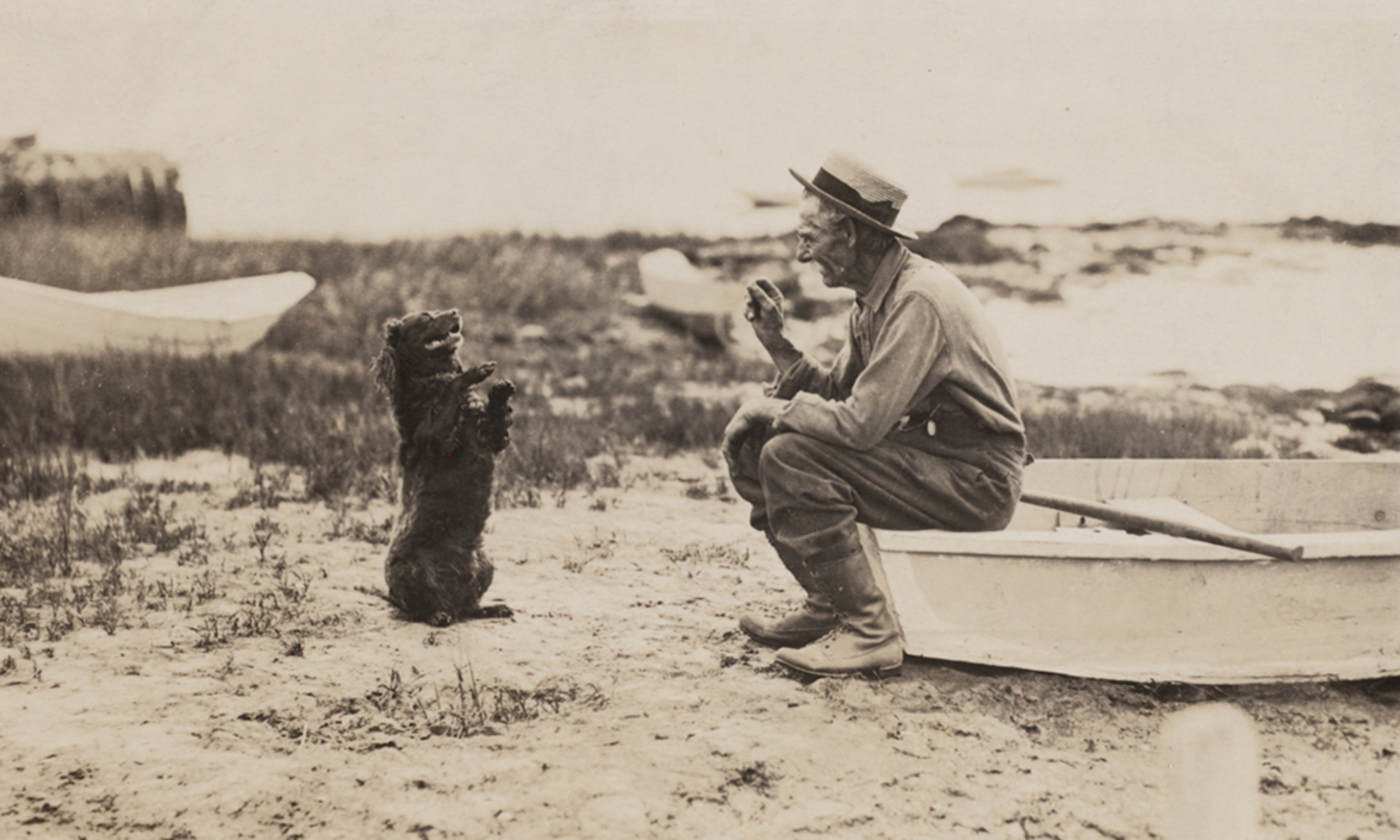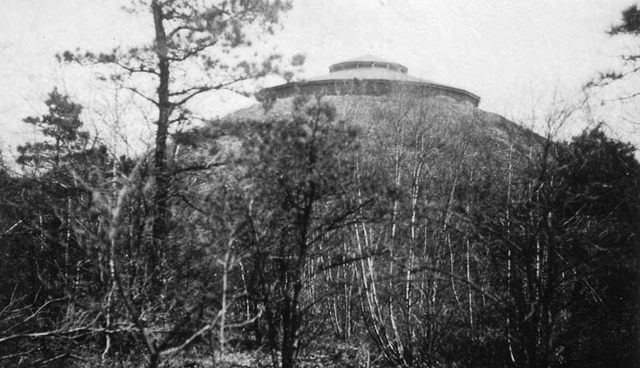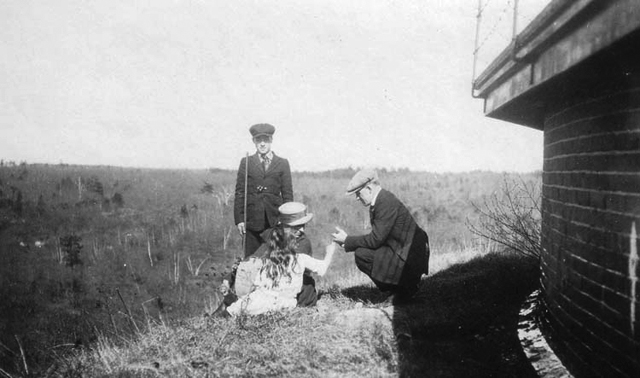The Pumping Station
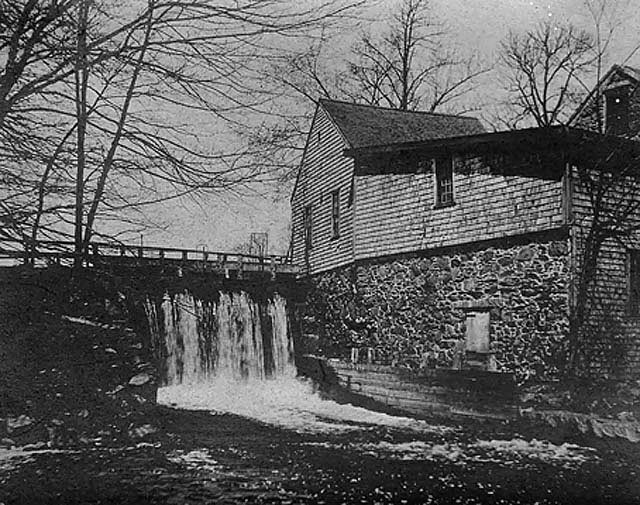
Kingston’s municipal water system was proposed at Town Meeting in 1884, legislated in 1885 under “An Act to Supply the Town of Kingston with Water,” and implemented in 1886. The system officially began operations on August 10 that year. While the actual water supply came from wells, Jones River water power supplied the mains and the reservoir (see this earlier post) via “a Blake duplex power pump…capable of…228 gallons per minute…driven by a 30-inch Burnham turbine water-wheel of 17 horse power,” according to the Water Commissioners’ Report, March 1, 1887. Though the station was electrified around 1905, the system relied primarily on inexpensive and traditional water power through the 1930’s, except in times of low water or during repairs to the dam and equipment.
As early as 1704, the water privilege on the north bank of the Jones River at Elm Street powered industry: a grist mill was replaced by a fulling mill, which preceded a shingle mill. Finally, the Town bought the rights to the water power and built the pumping station. Here are two views from the south side of the Jones River. In the 1920’s a new concrete dam replaced the old wooden version, shown in the earlier photo.
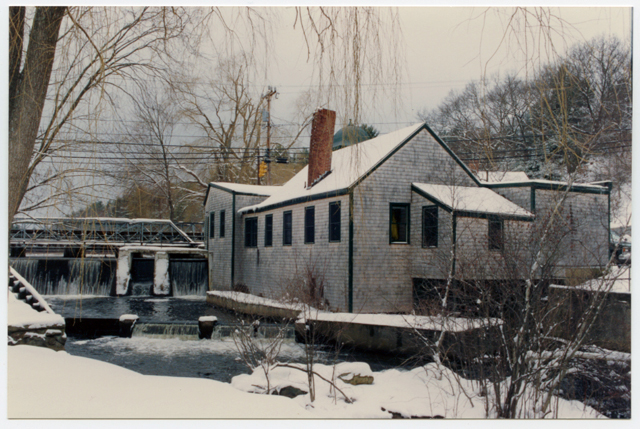
Sources: PC-14 Kingston Water Department; Vertical File: Water Department; Life on the River: The Flow of Kingston’s Industries (Elliott, 2005)
